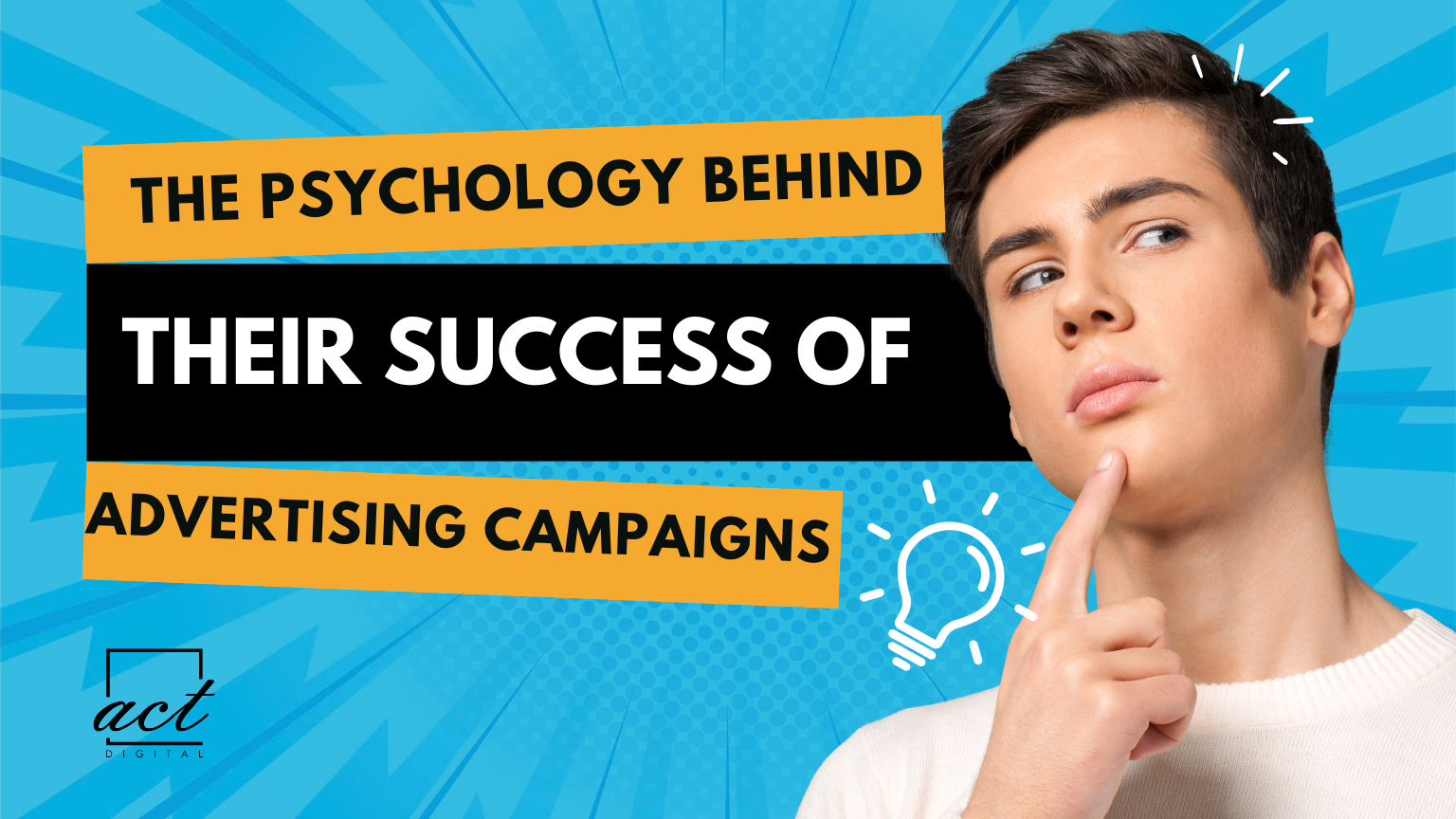Introduction
Have you ever wondered why some advertising campaigns top of you mind long after you see them, while others fade away in few days? The secret lies not only in creative visuals or eye catchy slogans but in the psychological principles and its new method that drive human behavior. these days competitive digital & mail line advertising industry, understanding these mental triggers can turn an ordinary ad into a persuasive masterpiece.
In this article, we will explore:
- The psychology behind successful advertising campaigns
- Emotional marketing examples that move people
- How scarcity marketing and social proof in advertising work
- Cognitive biases and their role in advertising effectiveness
- Types and methods of advertising in the modern era
By the end, you will see what advertising means beyond definitions – as a powerful tool rooted deeply in human psychology.
What Does Ads Mean?
Before diving into psychology, let’s define ads. Simply put, advertising is any paid form of non-personal communication that promotes products, services, or ideas to a target audience. What are ads? They are individual messages delivered through various media to persuade or inform people.
In history, the oldest advertisement dates back to ancient Egypt, where papyrus was used to make sales messages. Fast forward to today, modern advertising encompasses everything from banners and flyers (yes, they are advertising media) to online advertising examples like Google Display Network(GDN), YouTube pre-rolls, or TikTok video ads Snap Chat Meta Ads.
Psychological Principles of Persuasion in Advertising
Dr. Robert Cialdini’s six psychological principles of persuasion have become a bible for marketers worldwide:
| Psychological Principles | Example |
| Reciprocity – People feel obliged to return favours. | Free samples at supermarkets. |
| Commitment & Consistency – Once someone commits to something, they’re likely to stay consistent. | Free trials leading to subscriptions. |
| Social Proof – Seeing others use a product increases trust. | “Best Seller” or “Thousands Sold” tags on e-commerce sites. |
| Authority – Experts or celebrities increase credibility. | Toothpaste brands endorsed by dentists. |
| Liking – We buy from people or brands we like. | Influencer marketing leveraging personal connection. |
| Fear of missing out (FOMO) drives action. | “Only 3 left in stock.” |
These principles are embedded in successful advertising campaigns because they align with how the human brain makes decisions.
Emotional Marketing Examples
Emotions influence decisions far more than logic. Here are powerful emotional marketing examples:
- Nike’s “Just Do It” – Empowers viewers to overcome doubt, rooted in inspiration.
- Dove’s Real Beauty Campaign – Taps into self-esteem and body positivity.
- Google Search: Reunion Ad (India-Pakistan) – Evokes nostalgia and tears, focusing on human connection over product.
Studies by the Institute of Practitioners in Advertising found emotionally driven ads perform twice as well as rational ones (IPA, 2020).
Cognitive Biases in Advertising
1. Anchoring Bias
The tendency to rely heavily on the first piece of information. For example, an ad showing a product as “was $250, now $125” uses the higher initial price as an anchor to make the offer look attractive.
2. Scarcity Bias
As mentioned, scarcity marketing leverages the fear of missing out. Limited edition products or countdown timers in e-commerce utilise this cognitive bias effectively.
3. Bandwagon Effect
People are influenced by what others are buying. This is where social proof in advertising works – reviews, ratings, and “most popular choice” banners.
Types of Advertising and Methods
Traditional Advertising Methods
- Print (newspapers, magazines, flyers)
- Broadcast (TV and radio)
- Outdoor (billboards, transit ads, banners and flyers) – Yes, banners and flyers are advertising media.
Modern Advertising
- Digital advertising – Google Ads, Facebook Ads, YouTube Ads
- Native advertising – Sponsored content blending into editorial content
- Influencer marketing – Leveraging personal brands
- Video advertising – What type of advertising is a promotional video? It is a form of digital video advertising, which can be pre-roll, mid-roll, or standalone promotional videos on social media or websites.
Example of Ad
A simple example is Spotify’s personalised Wrapped campaign. It combines emotional connection (personal achievements) and social proof (sharing on social media), driving massive brand engagement.
Advertising That Stimulates Primary Demand Is Called Blank______
This is an academic marketing question. The answer is “pioneering advertising.” It aims to build demand for an entire product category rather than a specific brand. For instance, early Apple ads for the iPad created demand for tablets overall.
Who Invented Ads?
While advertising has existed in different forms for millennia, modern advertising began in the late 19th century with the rise of mass media. Volney B. Palmer is considered the first ad agency founder in 1841, while Thomas J. Barratt is often called the “Father of Modern Advertising.”
Ad Encounters and Cognitive Processing
According to the Advertising Research Foundation, people see between 6,000 to 10,000 ads daily. However, only a fraction is consciously processed. This makes creative psychology-driven advertising campaigns crucial for standing out.
Media and Advertising: Symbiotic Relationship
Without media, advertising has no reach; without advertising, media loses funding. This relationship has shaped both industries for over a century, from print to programmatic advertising today.
Conclusion
Successful advertising campaigns are not built on guesswork. They leverage deep psychological insights, from cognitive biases to emotional triggers and social proof, to influence decisions seamlessly. Whether it’s commercial advertising, online advertising examples, or traditional flyers, understanding how the human mind works remains the ultimate competitive advantage.
👉 What’s next?
If you’re building your own brand campaigns, reflect on:
- What emotions are you tapping into?
- How are you using social proof and authority?
- Is your message aligned with your audience’s cognitive biases?
Start your next advertising campaign today with these insights – and connect deeper with your audience.

